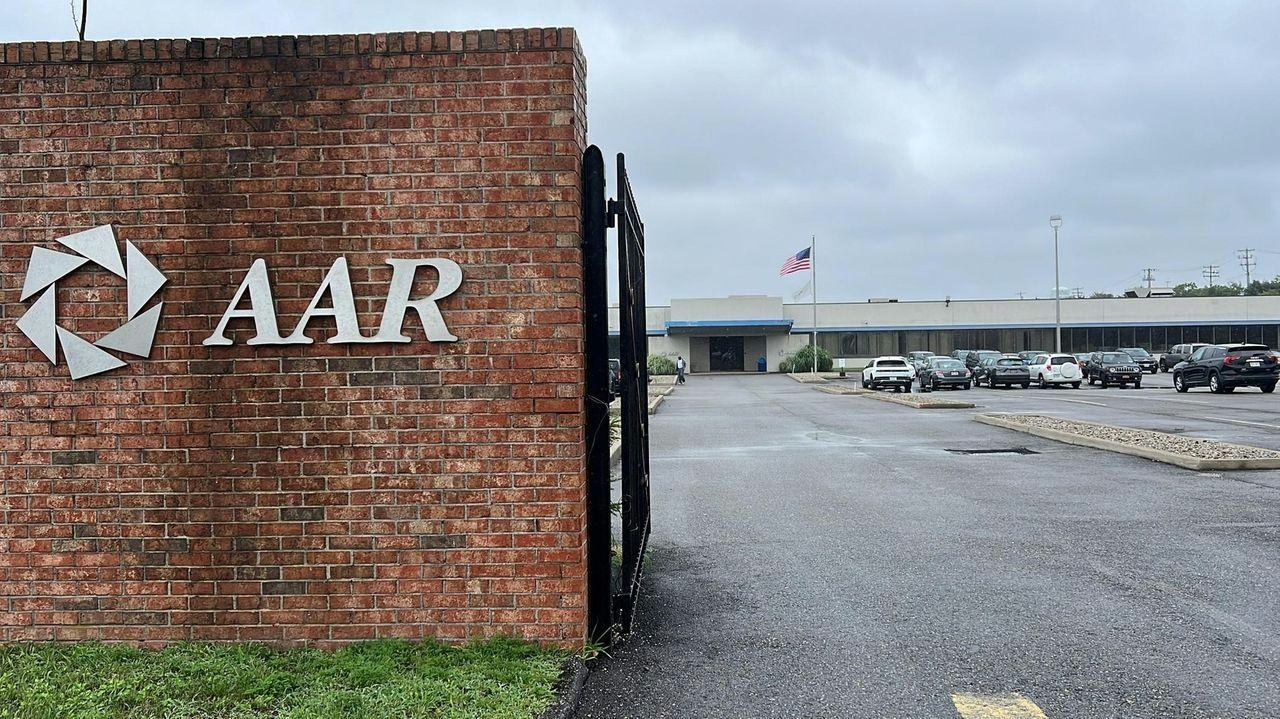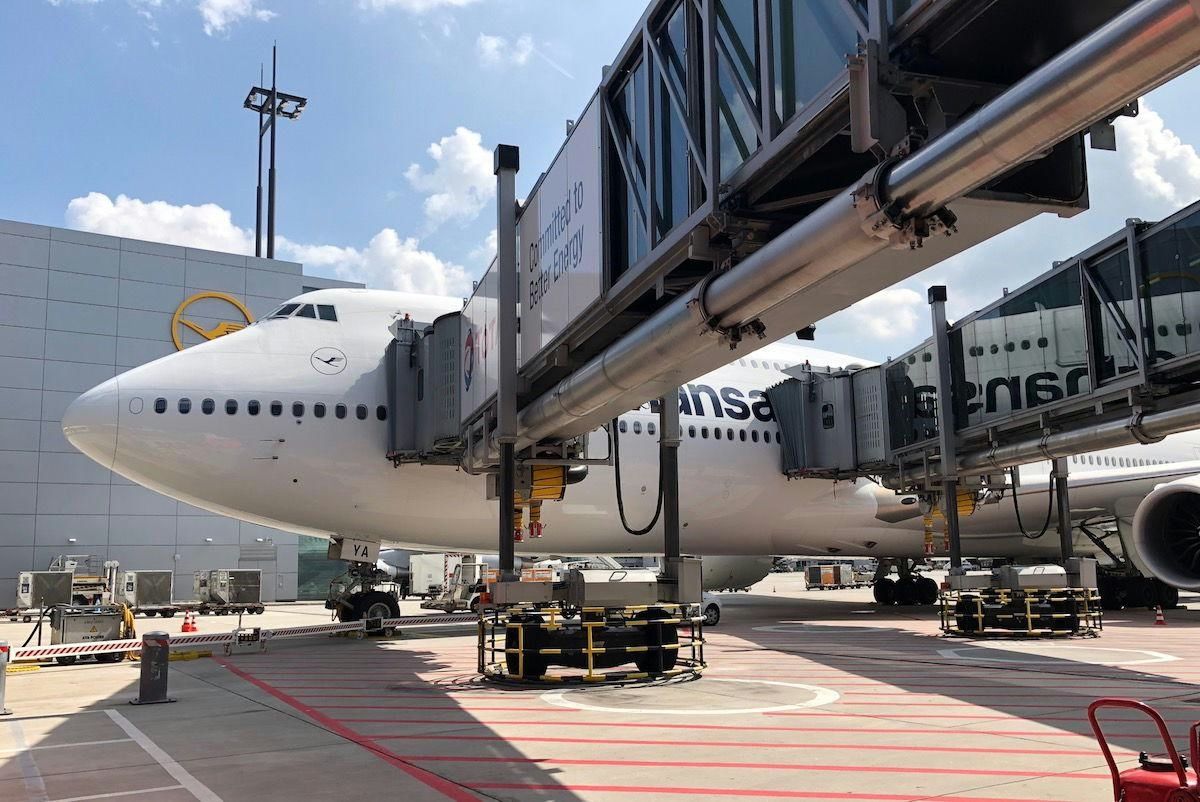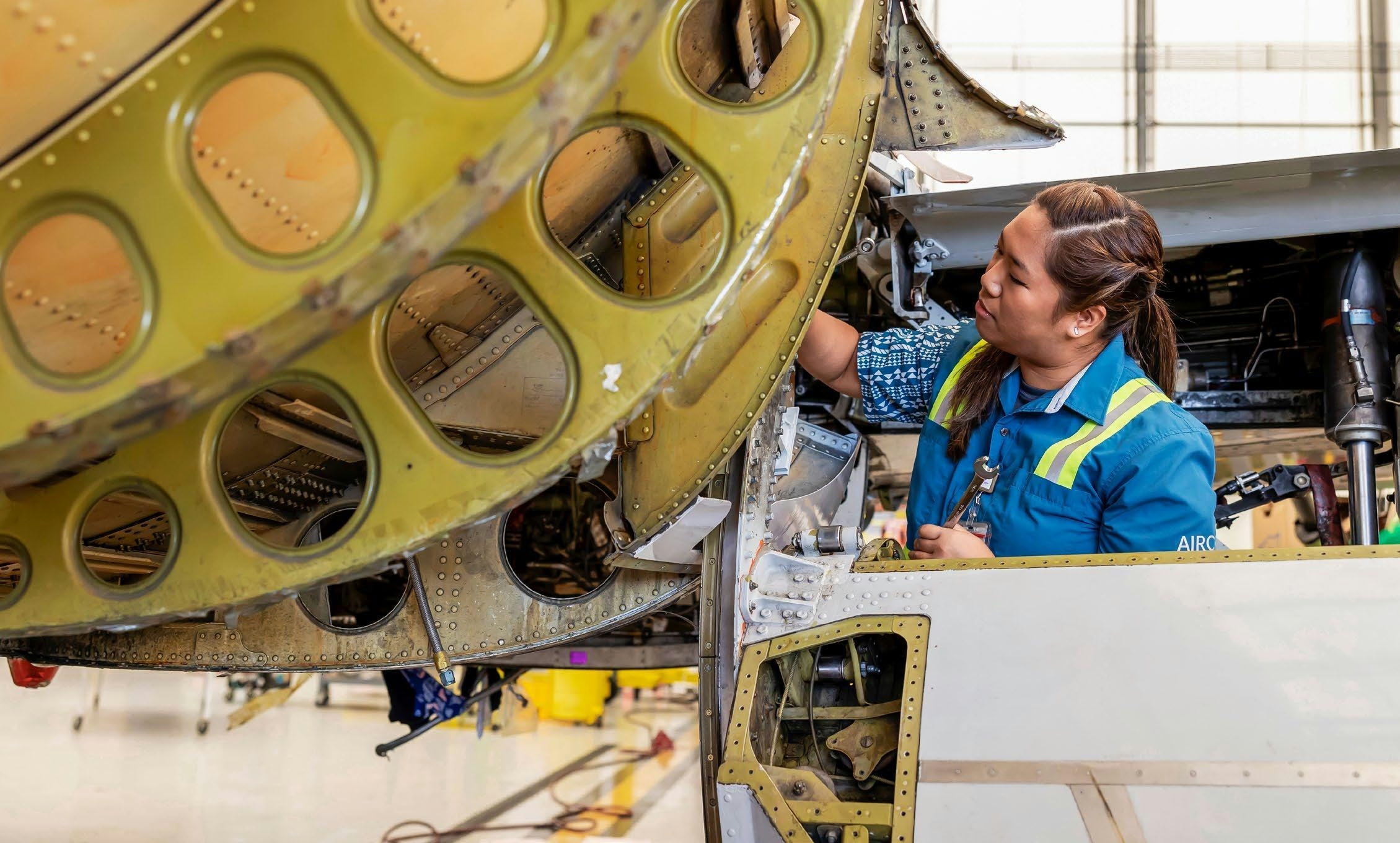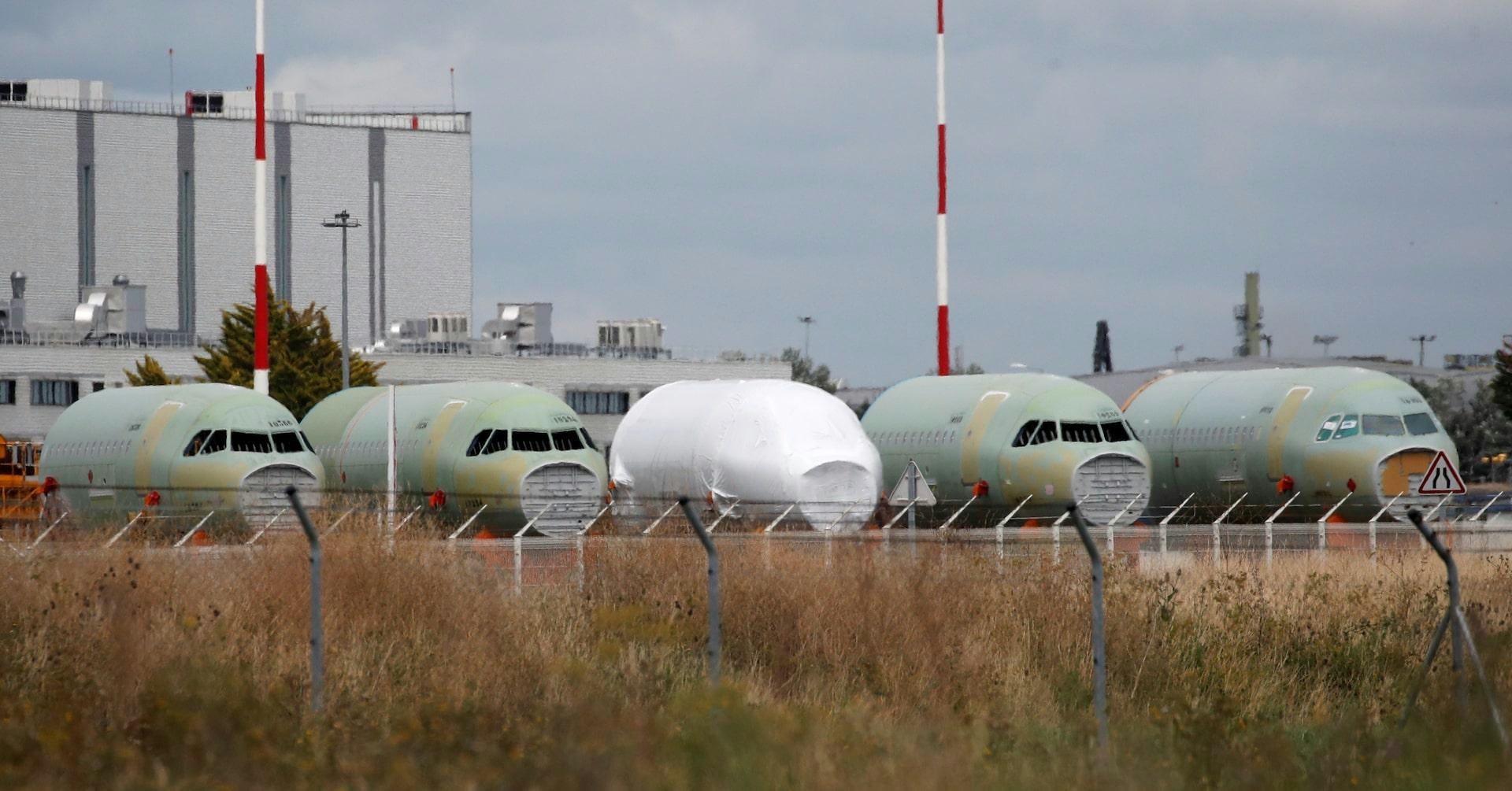
AeroGenie — 您的智能副驾驶。
热门趋势
Categories
Thiruvananthapuram Airport MRO Gains EASA Approval, Plans Wide-Body Hangar

Thiruvananthapuram Airport MRO Secures EASA Certification and Plans Wide-Body Hangar Expansion
Air India Engineering Services Limited (AIESL) has marked a significant achievement with its Maintenance, Repair and Overhaul (MRO) facility at Thiruvananthapuram International Airport obtaining the prestigious European Union Aviation Safety Agency (EASA) Part-145 certification. This endorsement elevates the airport’s MRO unit to a prominent position in the global aviation maintenance landscape, authorizing it to service European-registered and leased aircraft.
Strategic Importance and Operational Milestones
The Thiruvananthapuram MRO is now the first in South India and only the second in India to receive EASA approval. This certification is expected to attract substantial contracts from major international airlines, particularly those operating in Europe, the Gulf, and Southeast Asia. The facility’s capability was recently demonstrated through the successful and expedited servicing of a UK defence F-35 fighter jet stranded at the airport for several weeks. This incident underscored both the operational demands faced by the unit and the strategic value of having robust maintenance infrastructure.
An AIESL spokesperson described the certification as a transformative development for India’s aviation MRO sector, emphasizing that the facility now meets the global gold standard for aircraft maintenance, enabling it to service a broad range of European and international aircraft.
Expansion Plans and Facility Upgrades
In response to increasing demand and its enhanced global standing, AIESL has announced plans to construct a new dual-unit hangar adjacent to the existing complex. This facility will be capable of accommodating either one wide-body or two narrow-body aircraft simultaneously, significantly expanding the airport’s maintenance capacity. Land within the MRO complex has already been allocated for this project, which is expected to enter the tendering phase following internal and board approvals. Operations in the new hangar are projected to commence within 24 months.
Commissioned in 2011, the current MRO facility spans over six hectares and includes twin hangars, component bays, workshops, a dedicated apron, and warehouse facilities. Initially designed to service narrow-body aircraft such as the Airbus A320 and Boeing 737, the unit has since been upgraded to support base and line maintenance, structural repairs, and component overhauls. It holds certifications from the Directorate General of Civil Aviation (DGCA), Federal Aviation Administration (FAA), EASA, and AS9110C, covering various Boeing 737 and Airbus A320 family variants.
The planned expansion will incorporate environmentally sustainable design features, including electrically operated systems. Upgrades will also enhance structural repair bays, establish full aircraft overhaul zones, modernize component testing sections, and improve logistics support, aligning the facility with global mega-MRO standards.
Challenges Amid Growth
Despite these advancements, the Indian aviation sector faces significant challenges, particularly a shortage of skilled technical labor. The DGCA’s ongoing recruitment efforts highlight this industry-wide constraint, which could impede the timely scaling of operations at Thiruvananthapuram. As the market responds positively to the airport’s enhanced capabilities, competitors may seek to leverage their own technical expertise and partnerships to maintain service levels.
Notably, the Thiruvananthapuram MRO’s capabilities now extend to supporting advanced military aviation systems, including potential licensed subcontracting for fifth-generation fighter platforms such as the F-35. Although India does not operate the F-35, the facility’s inclusion of these capabilities under EASA parameters significantly bolsters the country’s international defence profile.
As Thiruvananthapuram Airport prepares for expansion, the EASA certification represents a pivotal milestone. The success of these ambitions will depend on addressing the sector’s technical workforce challenges and sustaining operational resilience.

Trump Administration Releases 10-Year Plan to Advance U.S. Air Power

AAR to Acquire Aircraft Reconfig Technologies

China Advances Clean Energy in Transportation: Flying Taxis, Drones, and Bullet Trains

Trump Administration Plans to Expand Flying Taxi Programs

SWAPA Backs Bipartisan Aviation Funding Solvency Act

FLYYO Adopts CISEFA’s Training Management Software

Lufthansa to Sell Two Boeing 747-8s to U.S. Government

Hawaiian Airlines, Alaska Airlines, Par Hawaii, and Pono Energy Collaborate on Sustainable Aviation Fuel in Hawai‘i

Regulator Orders Inspections of Select Airbus A320s Over Fuselage Flaw
